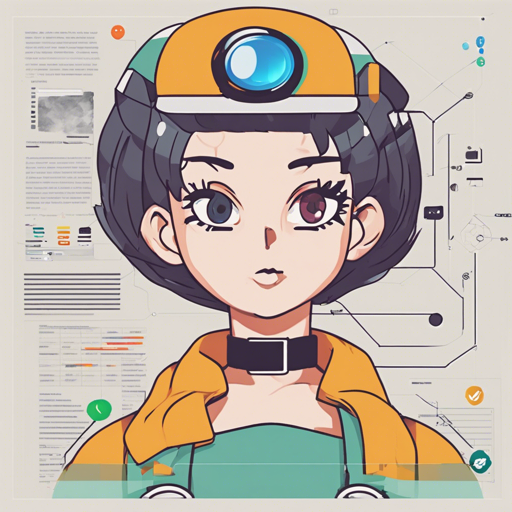Welcome to your ultimate guide on integrating the Oruga UI theme with Bulma! Whether you’re a seasoned developer or just starting, this guide will walk you through the installation, configuration, and customization of this powerful combo.
What’s Oruga UI?
Oruga is a framework-agnostic UI Component Library designed to work seamlessly with any framework, while Bulma is a modern CSS framework based on Flexbox. Together, they create stunning, responsive applications with ease.
Installation
Getting started is straightforward. You can install the Oruga UI Bulma theme via NPM or Yarn. Here’s how:
- Using NPM:
npm install @oruga-ui/theme-bulma - Using Yarn:
yarn add @oruga-ui/theme-bulma
Configuration
Once installed, you need to configure your Vue application to use Oruga components with Bulma. Below is a simple analogy to help you visualize this process:
Imagine Building a Sandwich: Installing and configuring Oruga with Bulma is like creating a perfect sandwich. First, you need to gather your ingredients (install the package), then lay out your bread (Vue app), and finally, assemble your fillings (the Oruga components with Bulma styling).
Here’s how you actually set it up:
import { createApp } from 'vue';
import App from './App.vue';
import Oruga from '@oruga-ui/oruga-next';
import bulmaConfig from '@oruga-ui/theme-bulma';
import '@oruga-ui/theme-bulma/dist/bulma.css';
createApp(App)
.use(Oruga, bulmaConfig)
.mount('#app');
Customization (SASS/SCSS)
Bulma is incredibly customizable. You can tweak everything from colors to shapes, spacing, typography, and more. By adjusting Sass variables, you can make Bulma truly yours. Here’s how:
$primary: #8c67ef;
$link: $primary;
$twitter: #4099FF;
$custom-colors: (twitter, $twitter);
@use '@oruga-ui/theme-bulma/scss/bulma' with (
$family-primary: Nunito, sans-serif,
$primary: $primary,
$link: $link,
$custom-colors: $custom-colors,
);
Override Default Config
If you want to customize specific components even further, you can override default settings. Here’s how to do that:
const customBulmaConfig = {
...bulmaConfig,
checkbox: {
override: true,
rootClass: 'checkbox'
}
};
createApp(App)
.use(Oruga, customBulmaConfig)
.mount('#app');
Troubleshooting
While integrating Oruga UI with Bulma, you may encounter some issues. Here’s a quick troubleshooting guide:
- Missing Styles: Ensure that you correctly imported the Bulma CSS file. Check the console for errors in the import path.
- Unstyled Components: If components are not styled, verify that you’ve included the Oruga and Bulma configurations in your app setup.
- Customization Not Reflecting: Make sure you’re compiling your SASS properly, and check your variable overrides for typos.
For more insights, updates, or to collaborate on AI development projects, stay connected with fxis.ai.
Conclusion
With Oruga and Bulma, building visually appealing and responsive applications has never been easier. Experiment with customization to truly make the interface your own. At fxis.ai, we believe that such advancements are crucial for the future of AI, as they enable more comprehensive and effective solutions. Our team is continually exploring new methodologies to push the envelope in artificial intelligence, ensuring that our clients benefit from the latest technological innovations.

